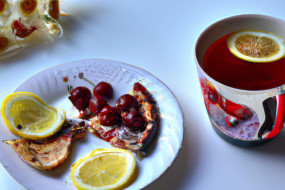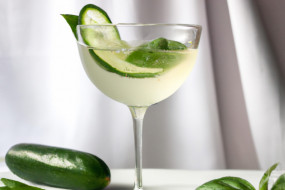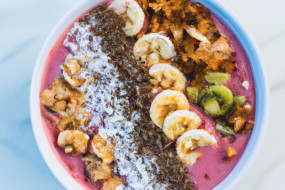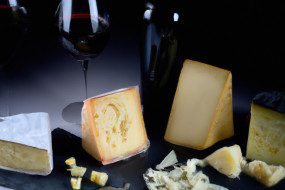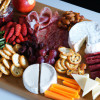
A charcuterie board is a perfect way to serve appetizers that will impress your guests. From cheese and meats to crackers and fruits, this board can be customized to suit your and your guests' cravings. Building a charcuterie board is not rocket science, but it does require a bit of creativity. In this article, we'll offer valuable tips and tricks to help you build a charcuterie board like a pro.
Choose a Theme
First and foremost, it's important to decide on a theme for your charcuterie board. Think about the season, event, or celebration you're hosting and select food items that resonate with the occasion. For example, if you're hosting a summer party, go for fresh fruits, berries, and a variety of cold cuts. If it's a Christmas dinner party, add more meat options and pair them with seasonal herbs, nuts, and dried fruits.
Get the Right Board
Whether you choose a rustic wooden board or a sleek marble platter, it's essential you use a surface that can handle your chosen ingredients. Avoid porous materials that could trap moisture and compromise the cleanliness of the board. Depending on your guest count, medium-sized boards that measure about 16-24 inches are perfect for a small gathering.
Select a Variety of Cheese and Meats
The centerpiece of a charcuterie board is the cheese and meat selection. Aim for a variety of textures and flavors to cater to your guests' preferences. Choose both hard and soft cheeses and pick three to five different cured meats like prosciutto, salami, and ham, and a pâté for a touch of luxury. Place them in various parts of the board and provide a small knife for easy cutting.
Add Some Color with Fruits and Vegetables
Colorful foods give your charcuterie board a beautiful presentation. Add some fruits and vegetables to the board so your guests can enjoy a variety of flavors, textures and colors. Slice fruits like apples, grapes, and strawberries, arrange them between the cheeses, and add some fresh vegetables like radishes, cherry tomatoes, carrots, and cucumbers for a pop of color.
Incorporate Crunchy Elements
A great way to create a textural contrast to the creamy and soft cheese and meat is by adding crunchy elements to your board. Crackers, baguette slices, and breadsticks are all excellent options to include. Place them in a separate area on the board, so the crumbs don't mix with the cheese and meat.
Garnish with Nuts and Dried Fruits
Adding some dried fruits and nuts to the board provides a sweet balancing touch, cutting through the richness of the cheeses and meats. Almonds, walnuts, figs, and apricots are all great options that go well with cheese and meat. Place them in small clusters between the crackers and fruits or in a separate bowl on the board.













